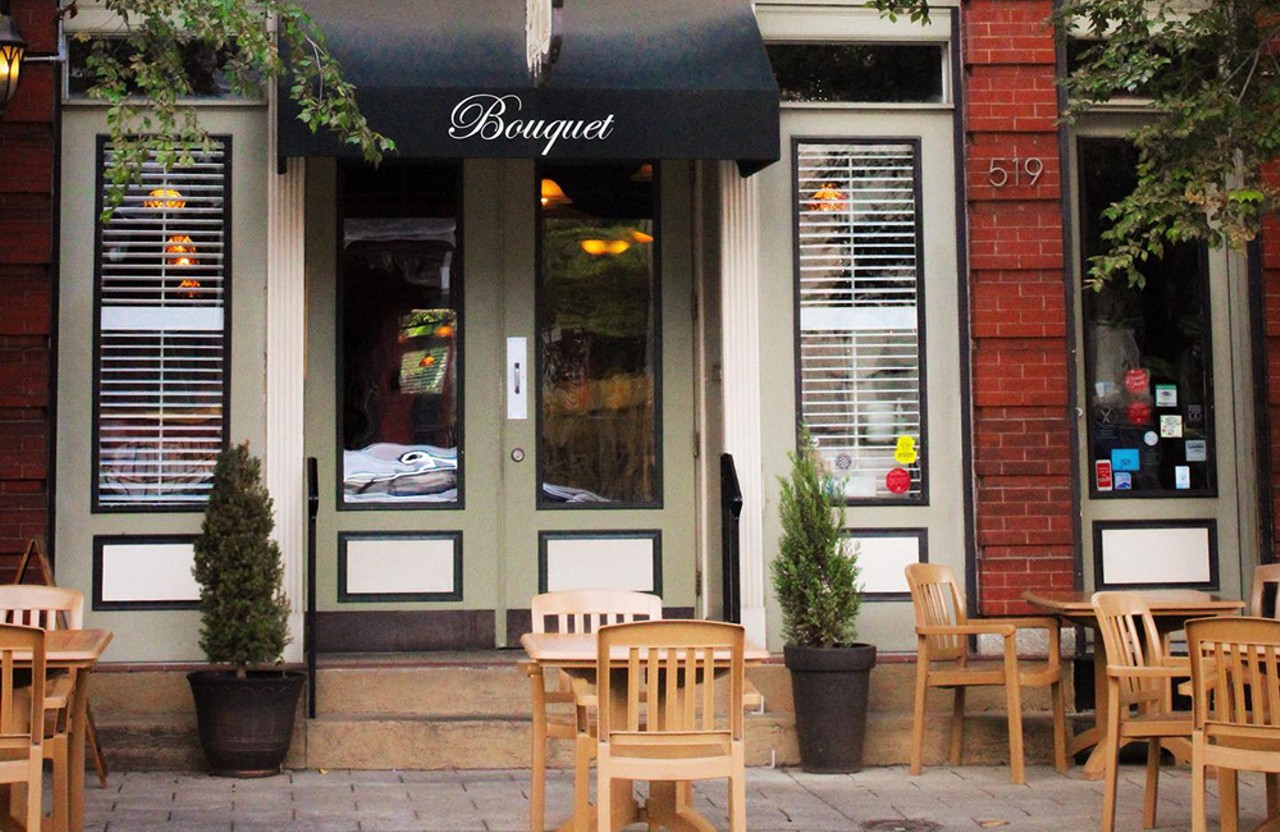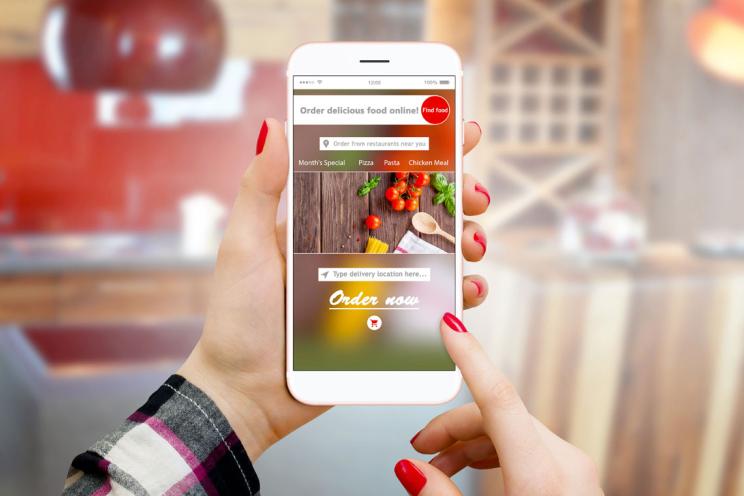
How to benefit from technology to control costs at restaurants?
Embracing Technology for Cost Control in Restaurants
We all want that delicious food and nice ambience in a restaurant and let’s admit it, it’s not rocket science.
But unfortunately, running a successful restaurant involves more than just delicious food and excellent service—it requires savvy management of costs and operations.
In today's digital age, technology is pivotal in achieving efficiency and profitability. Features and tools of robust POS software are offering the hospitality sector an array of services that optimize performance and efficiency. Aside from increasing your sales, controlling your costs remain essential to increase profitability.
How can you enhance cost control in your restaurant?
Integrated POS Systems
Modern Point of Sale (POS) systems do more than just process payments. They offer robust features such as:
- Sales Reporting: Detailed sales reports help you analyze which menu items are popular and profitable, guiding menu engineering decisions.
- Inventory Management: Track real-time inventory levels and automate stock alerts to prevent over-ordering or running out of essential ingredients.
- Labor Management: Integrate scheduling and payroll systems to optimize staffing levels based on historical data and sales forecasts, reducing labor costs.
Online Ordering and Delivery Platforms
Forecasts project fast growth in online food delivery sales, reaching 23% penetration by 2026. This rise of online ordering and delivery services presents significant opportunities for revenue growth and operational efficiency:
- Increased Sales: Reach a broader customer base beyond your physical location, potentially boosting revenue without significant overhead costs.
- Efficient Operations: Use dedicated platforms or integrate online ordering with your POS system to streamline order processing and reduce errors.
- Customer Insights: Analyze ordering patterns and customer preferences to tailor promotions and optimize menu offerings, enhancing profitability.
Supplier Relationships
Building strong relationships with suppliers can lead to better pricing and terms, contributing to cost control.
-Negotiation: Regularly negotiate with suppliers to get the best prices. Consider bulk purchasing for discounts, but be mindful of storage and spoilage.
-Local Sourcing: Due to reduced transportation expenses, local suppliers can often provide fresher ingredients at lower costs.
-Multiple Suppliers: Avoid relying on a single supplier. Having multiple suppliers can give you leverage in negotiations and ensure a steady supply of ingredients.
Waste Reduction
Minimizing waste is not only environmentally responsible but also cost-effective.
-Track Waste: Monitor and record waste to identify patterns and areas for improvement. This can include food waste, packaging, and utilities.
-Creative Use of Ingredients: Use all parts of an ingredient where possible. For example, vegetable trimmings can be used for stocks and sauces.
-Customer Feedback: Listen to customer feedback regarding portion sizes and adjust accordingly to avoid plate waste.
Digital Marketing Strategies
Effective digital marketing can attract more customers while minimizing advertising costs:
- Social Media Engagement: Build a strong online presence through platforms like Facebook, Instagram, and Twitter to engage with customers and promote your restaurant.
- Email Marketing: Collect customer emails through online bookings or loyalty programs to send targeted promotions and updates, driving repeat business.
- Review Management: Monitor and respond to online reviews promptly to maintain a positive reputation and attract new customers.
Kitchen Automation and Efficiency
Investing in kitchen technology can streamline operations and reduce waste:
- Smart Kitchen Equipment: Use energy-efficient appliances and automated cooking tools to improve consistency, reduce cooking times, and lower utility bills.
- Order Management Systems: Implement digital kitchen display systems (KDS) to improve order accuracy and communication between front-of-house and kitchen staff.
- Recipe Management Software: Standardize recipes, track ingredient usage, and calculate food costs more accurately, aiding in menu pricing and cost control.
Regular Financial Analysis
Continuous financial monitoring is essential for identifying cost-saving opportunities.
-Profit and Loss Statements: Please have a look at your profit and loss statements to understand your financial health and identify areas for cost reduction.
-Budgeting: Set budgets for different expense categories and stick to them. Compare actual spending against budgets to stay on track.
-Benchmarking: Compare your restaurant's performance against industry benchmarks to identify areas for improvement.
Data Analytics for Decision-Making
Harness data analytics to gain valuable insights into your restaurant’s performance:
- Financial Analysis: Utilize business intelligence tools to generate profit and loss statements, analyze trends, and identify cost-saving opportunities.
- Customer Behavior: Analyze customer data to understand spending habits, preferences, and demographics, enabling targeted marketing strategies and menu adjustments.
- Operational Efficiency: Optimize processes such as inventory management, labor scheduling, and supply chain logistics based on data-driven insights.
Cybersecurity Measures
Protect your restaurant and customers' data from cyber threats:
- Secure Payment Processing: Use encryption technologies to safeguard transaction data.
- Data Backup: Regularly back up critical business data to prevent loss from potential cybersecurity incidents or hardware failures.
- Employee Training: Educate staff on cybersecurity best practices, such as identifying phishing scams and securing devices used for business operations.
Incorporating technology into your restaurant operations isn’t just about staying current—it’s about maximizing efficiency, reducing costs, and enhancing profitability.
Leveraging integrated POS systems enables you to streamline operations, improve decision-making, and ultimately achieve long-term success in the competitive restaurant industry.
Embrace these technological advancements to not only control costs effectively but also deliver exceptional dining experiences to your customers.





